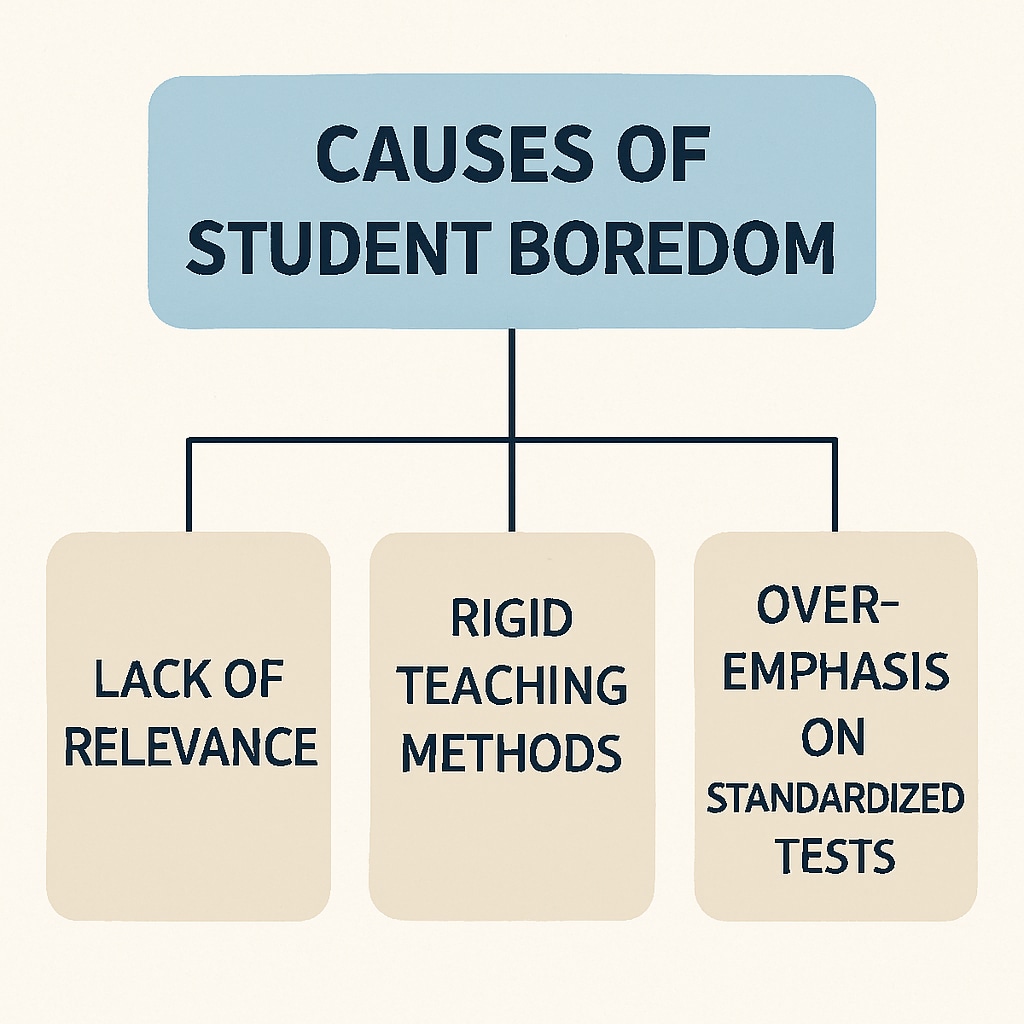In the realm of education, “student boredom” is a term that has garnered increasing attention. Studies on student boredom in K12 education reveal that it is a universal phenomenon, affecting learners across different cultures and grade levels. Despite its prevalence, this issue remains largely overlooked in discussions of educational reform. By examining cross-cultural studies, we can better understand how boredom manifests, why it persists, and what educators can do to address it.
Understanding the Prevalence of Student Boredom in Education
Student boredom is not confined to one region or educational system. Research conducted in countries such as the United States, Germany, China, and others indicates that boredom is a frequent experience for students. According to a report on educational psychology, up to 40% of students report feeling bored in the classroom on a daily basis.
Notably, boredom tends to increase with age and grade level. Younger students in primary education are often more engaged due to the interactive and exploratory nature of their curriculum. However, by middle and high school, rigid structures, repetitive lessons, and a lack of relevance to real-world applications contribute to disengagement. The shift in teaching methods and curriculum focus is a significant factor that amplifies boredom as students progress through their K12 journey.

Why Do Students Experience Boredom in the Classroom?
The reasons behind educational boredom are multifaceted. One major factor is the lack of active learning opportunities. Traditional teaching methods, where students passively absorb information through lectures, fail to engage their curiosity or creativity. Additionally, the disconnect between what is taught in schools and students’ personal interests or future goals exacerbates the problem.
For instance, according to a study on student engagement, students are more likely to feel bored when they perceive classroom activities as irrelevant or when the material is too easy or too difficult. Other contributing factors include an overemphasis on standardized testing, minimal student autonomy, and a lack of variety in instructional methods.

Cross-Cultural Insights into Student Boredom
Cross-cultural research provides valuable insights into how boredom varies globally. For example, in many Asian countries, high academic pressure and long study hours contribute to boredom and burnout. In Western countries, where there is often greater emphasis on creativity and individuality, students still report boredom due to perceived irrelevance of subjects like mathematics and science.
Interestingly, while the triggers of boredom may differ, the emotional and cognitive effects are remarkably similar. Bored students are more likely to disengage from learning, resulting in lower academic performance and increased rates of absenteeism. These findings underscore the universal nature of boredom as an educational challenge.
Implications for Educational Reform
Addressing student boredom requires a multifaceted approach. First, educators need to adopt more interactive and student-centered teaching methods. Techniques such as project-based learning, gamification, and inquiry-based instruction can make lessons more engaging. Providing students with greater autonomy over their learning can also enhance their sense of purpose and motivation.
Second, curriculum design must evolve to include more real-world applications. Bridging the gap between theoretical knowledge and practical skills can make learning more relevant and meaningful for students. Finally, reducing the overemphasis on standardized testing and allowing for flexibility in assessment methods can alleviate the pressure that often leads to disengagement.
These changes will require commitment from educators, policymakers, and parents alike. By recognizing and addressing the root causes of boredom, we can create an educational environment where students are not just present but actively engaged and inspired to learn.
Readability guidance: This article uses short paragraphs, clear transitions, and concise language to ensure readability. Lists, images, and external links enhance comprehension and provide depth. Overly complex sentences were avoided, and transitions such as “however,” “for example,” and “as a result” were used to guide the reader through the content.


